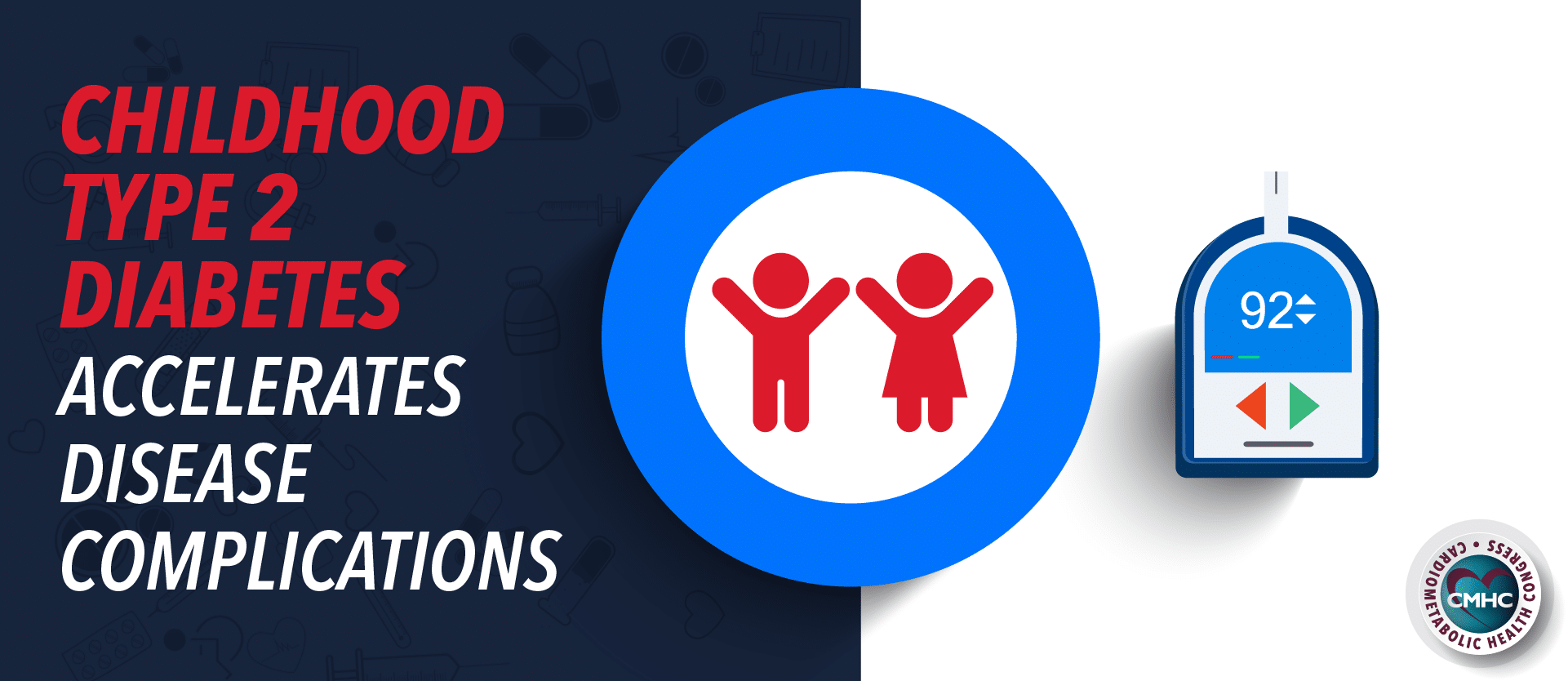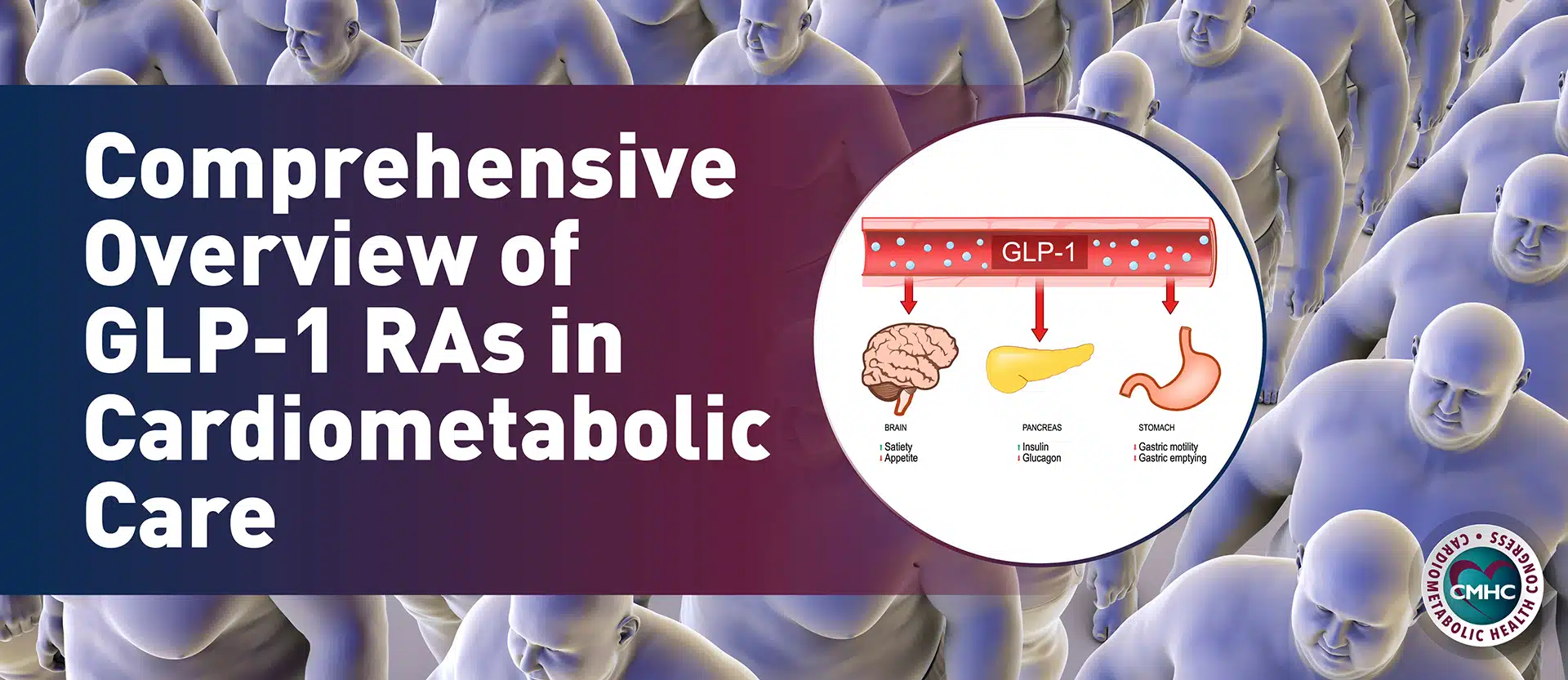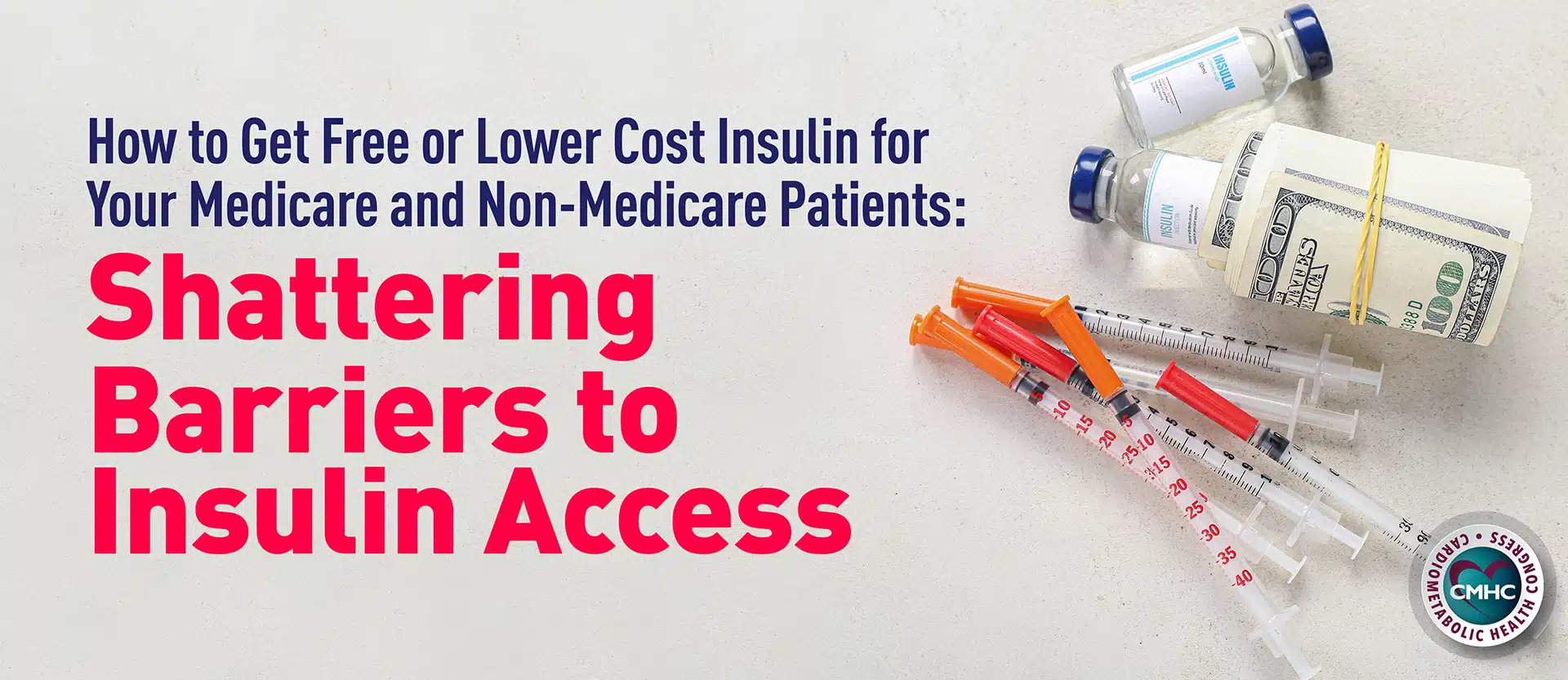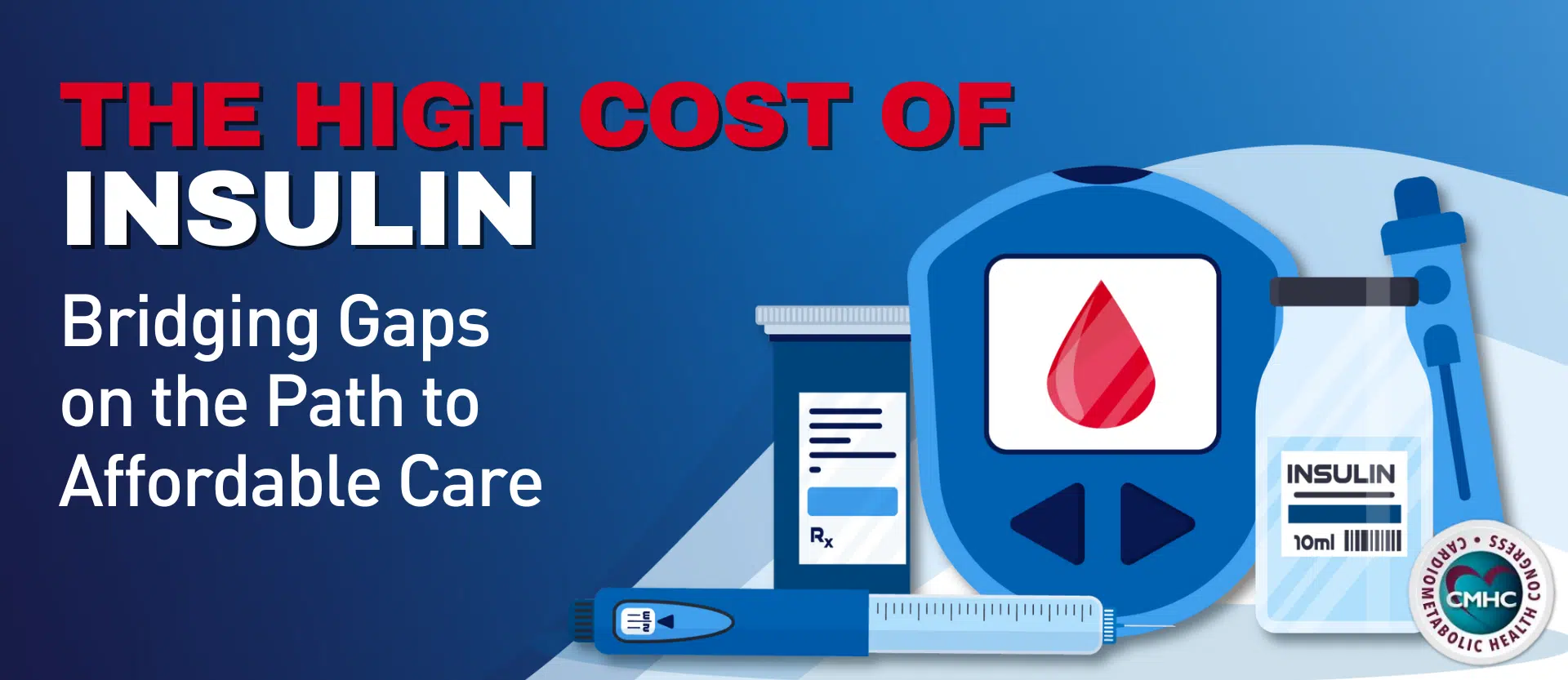Previously referred to as “adult-onset diabetes”, type 2 diabetes (T2D) is most commonly associated with adult patients. However, due to continuously climbing obesity rates and decreased levels of physical activity, the prevalence of type 2 diabetes cases in youth is on the rise. Children and adolescents diagnosed with the condition are at risk of developing more severe forms of the disease, putting them at a higher risk of detrimental long-term health complications affecting the heart, kidneys, eyes, and nerves.
Recent findings from the Treatment Options for Type 2 Diabetes in Adolescents and Youth follow-up study (TODAY2) reveal alarming data on the health outcomes of patients diagnosed with T2D at a young age. Lead investigator and professor of pediatrics-endocrinology at the University of Colorado Anschutz Medical Campus, Philip S. Zeitler, MD, PhD, presented longitudinal follow-up observations at the Diabetes Association Scientific Sessions, revealing the high burden of complications in individuals with youth-onset T2D.
Long-Term Effects of Youth-Onset Type 2 Diabetes
Based on a racially and ethnically diverse cohort, the original TODAY study examined 699 adolescents between the ages of 10 and 17 who were newly diagnosed with T2D between 2004 and 2011. Initial findings were published in 2012 revealing a significantly more aggressive progression of the disease in kids than in adults, including a rapid loss of beta-cell function.
In the recent TODAY2 study, researchers monitored the original cohort for a follow-up period of up to 12 years, tracking the progression of T2D and related comorbidities as participants aged. Now in 2019, most patients have had the condition for a mean of 7.5 years and are at a mean age of 25. At the beginning of TODAY2, participants had a BMI of 36.3 kg/m2and an HbA1c of 9.3% – compared to a 34.9 kg/m2 BMI and 6.0% HbA1C at the start of the TODAY study.
Researchers performed echocardiography, fundus photography, and optical coherence tomography to measure primary and secondary outcomes. Medical histories of participants were evaluated every 6 months, while measures of height, weight, blood pressure, HbA1C, lipids and kidney function were collected every year.
According to follow-up data, the rates of complications increased steadily following initial diagnosis of youth-onset type 2 diabetes. By their mid-20s, adolescents with T2D experienced unexpectedly high rates of cardiovascular events, increased cases of kidney, eye, and nerve diseases, as well as disturbing pregnancy outcomes.
Among the 500 young study participants, 5 died of various diabetes-related causes within 7.5 years of diagnosis. Causes included myocardial infarction, renal failure, sepsis, post-operative cardiac arrest, and overdose.
CardiovascularResults
Data from the TODAY2 study revealed highly prevalent cardiovascular risk factors , target organ damage, and serious cardiovascular events occurring at exceedingly high rates in the young population. Abnormal echocardiography results were found in 30% of patients alongside a cardiovascular event rate of 6.18 per 1,000 person-years, which included arrhythmias, coronary artery disease, heart failure, and deep vein thrombosis. During the follow-up period, the cumulative incidence of elevated LDL cholesterol grew from 3% to 26%, while the prevalence of hypertension increased from 20% to 60%.
Kidney Complications
The study reported four renal events; two participants developed both chronic kidney disease and end-stage kidney disease – equal to 0.7 kidney events per 1,000 patients per year. Increases in abnormal albumin excretion were found in 42% – compared to 8% at baseline – while the prevalence of hyperfiltration rose by 43%.
According to Dr. Zeitler, “We have evidence that, in the last 2 years, glomerular filtration rate is falling, suggesting, in fact, that these kids are progressing from hyperfiltration to decreased kidney function.”
Eye and Nerve Complications
Type 2 diabetes-related eye complications increased in prevalence during the follow-up study. A total of 60 cases of mild non-proliferative diabetic retinopathy (NPDR) were reported, compared to zero occurrences at the conclusion of the primary TODAY trial. While none of the patients in the initial study had macular edema, 4% developed it in TODAY2. For all instances of eye complications – such as NPDR, proliferative diabetic retinopathy, macular edema, glaucoma, and cataracts – a combined event rate of 15.5 per 1,000 person-years was established.
While diabetic retinopathy and nerve complications were more prevalent in participants who lacked glycemic control, instances of peripheral diabetic neuropathy, autonomic neuropathy, and diabetic mononeuropathy occurred at a rate of 2.35 per 1,000 person-years. In this cohort, a number of amputations likely related to both vascular and nerve abnormalities has been performed, Dr. Zeitler reported.
Pregnancy, Maternal, and Neonatal Outcomes
In addition to the aforementioned health complications, the TODAY2 study also revealed exceptionally high rates of pregnancy complications, neonatal morbidity, and pregnancy-related hospitalizations. Between the years of 2005 and 2019, there were 236 pregnancies among approximately 350 young women in the cohort. Investigators found elevated rates of voluntary terminations (11.9%), stillbirths (3.8%), and preterm deliveries (23.7%) when compared to a group of similarly aged women without diabetes.
Birth weights were very low, affecting 15.9% of participant’s offspring compared to 8.3% in the general population. On the other hand, there were also high rates of macrosomia (18.9% vs. 8.2%) and 26.2% of babies were large for gestational age. Neonatal complications were also more prevalent, with a 14.9% incidence of respiratory distress, 3.1% of shoulder dystocia, 8.5% of cardiac anomaly, and a 28.7% prevalence of neonatal hypoglycemia.
Maternal complication rates were also high: hospitalizations occurred in 35.6% of the young women, compared to 14% of the general population. Additionally, 18.1% developed preeclampsia and 37.5% had hypertension. The concerning rates of maternal and offspring complications have prompted researchers to follow the offspring of participants to chart their progress.
Improving Health Outcomes
As comorbidity and mortality rates reveal, the progression of type 2 diabetes in children and adolescents is far more aggressive than in the case of adult-onset diabetes. Researchers did not expect to discover such high rates of complications within a relatively short duration of the disease, and raise concerns about the potential deteriorating health of young diabetics and their future outcomes.
Many of the children experience a rapid course of both the loss of glycemic control and the development of serious complications, implicating the need for more aggressive treatment measures however, appropriate therapeutic modalities are currently lacking. While Dr. Zeitler’s research efforts have contributed to the development of new guidelines for youth-onset T2D management, these new findings emphasize the immediate need for updated treatment recommendations to prevent rapid disease progression. Further research is urgently needed to better understand the accelerated trajectory of type 2 diabetes in children and adolescents.


















